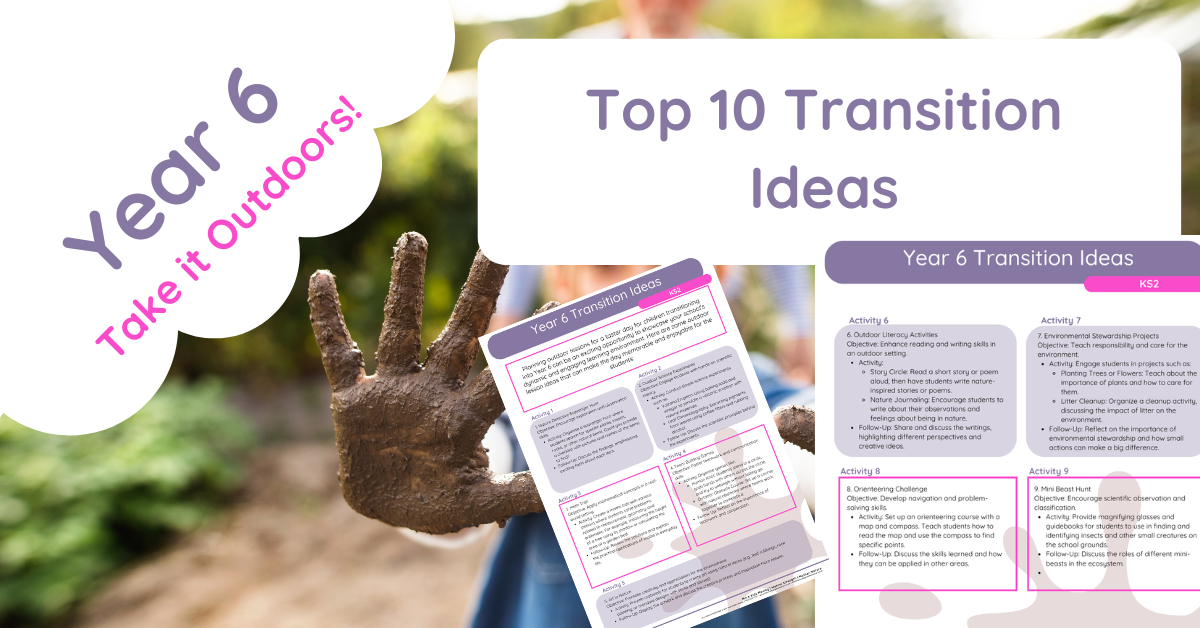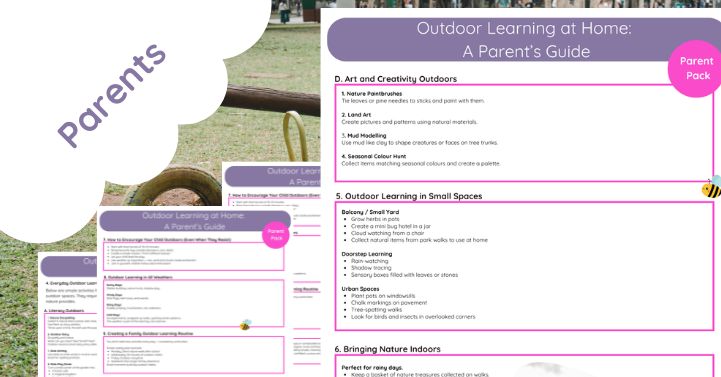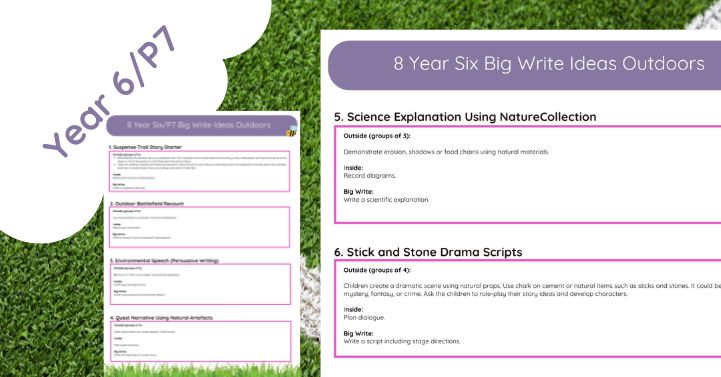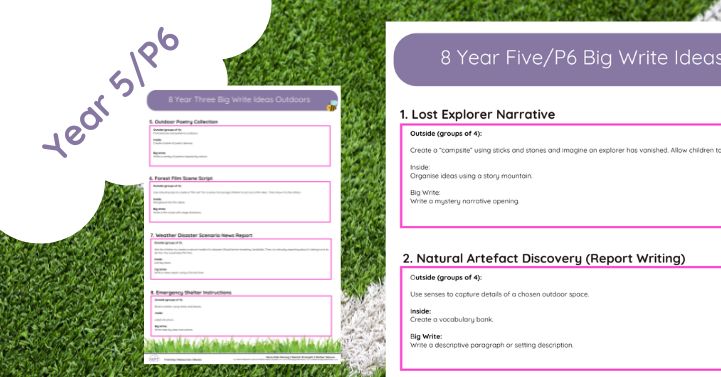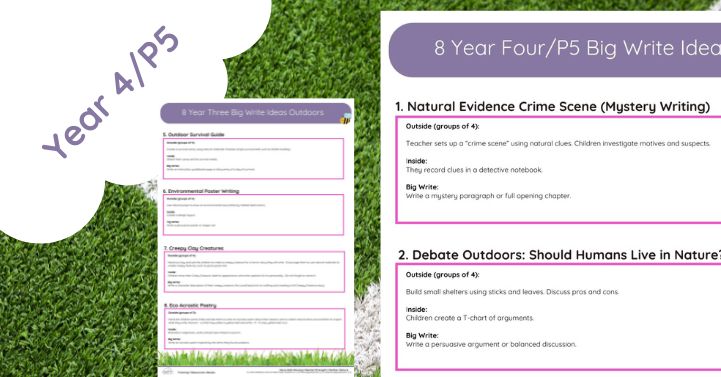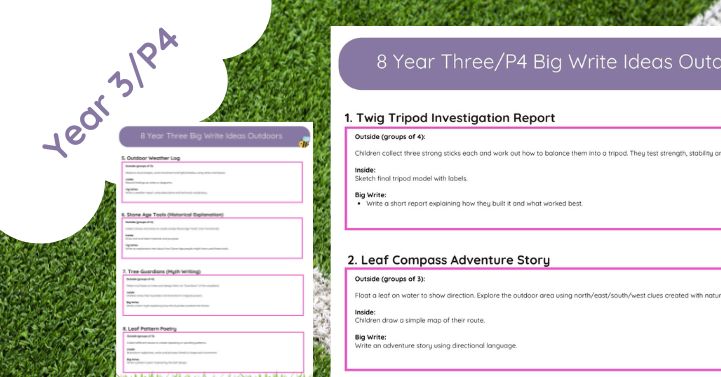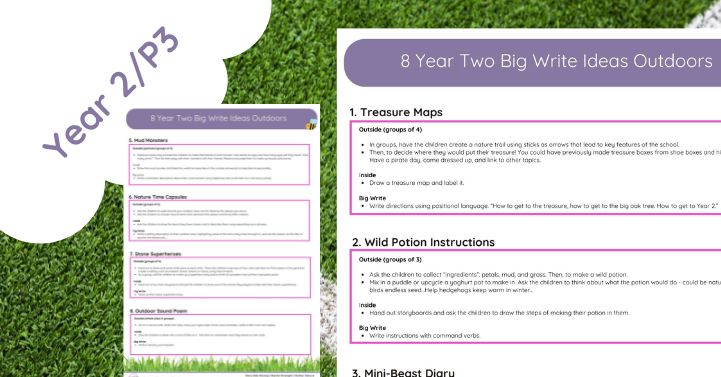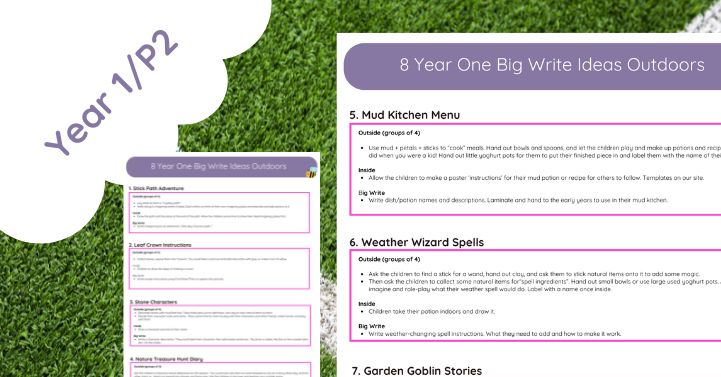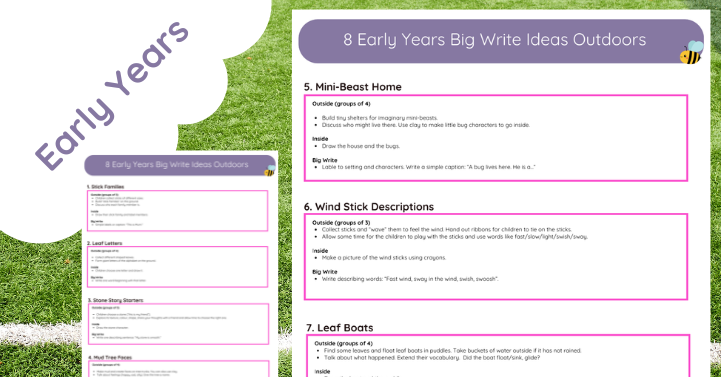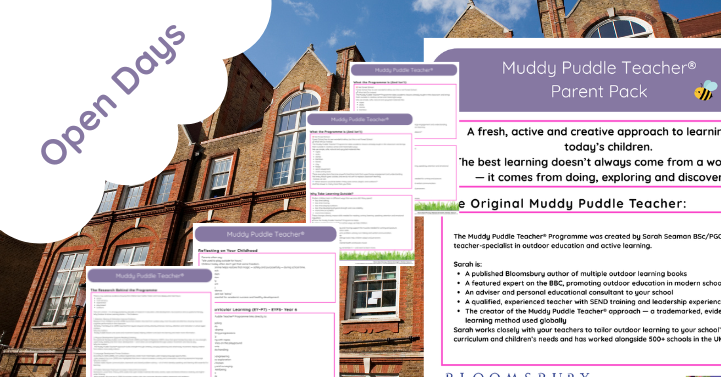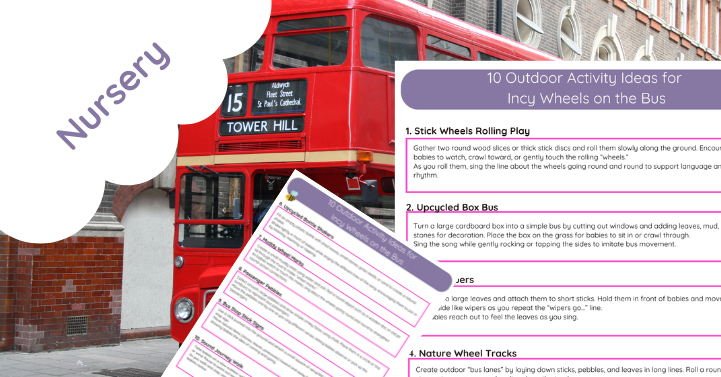Benefits of Doing Your Year 6 Transition Day Outdoors
Year 6 Transition days are essential for helping students acclimate to a new school year, and taking these activities outdoors can provide numerous benefits that enhance the experience. Here are some compelling reasons to consider an outdoor transition day, supported by insights and resources from the Muddy Puddle Teacher website.
1. Enhanced Engagement and Focus
Outdoor environments naturally stimulate curiosity and interest, which can help students stay engaged and focused during transition activities. Fresh air and open spaces reduce the feeling of being confined, making learning more enjoyable. Studies show that children who spend time outdoors are more attentive and motivated in their studies (Child Mind Institute).
2. Promotes Physical Health
Outdoor activities encourage physical movement, which is essential for children’s health. Engaging in activities such as scavenger hunts, nature walks, and team games can help improve physical fitness and overall well-being. According to the Muddy Puddle Teacher, physical activity in natural settings not only boosts fitness but also enhances mental health by reducing stress and anxiety.
3. Supports Social Skills Development
Transition days are not only about familiarizing students with their new environment but also about building new friendships and improving social skills. Outdoor activities provide ample opportunities for teamwork and collaboration. Games and group tasks encourage communication, cooperation, and the development of interpersonal skills in a relaxed and fun setting. The Muddy Puddle Teacher emphasizes the importance of collaborative play in nature for fostering these crucial skills.
4. Stimulates Creativity and Imagination
Nature has a unique way of sparking creativity and imagination in children. When students are outdoors, they are more likely to engage in creative play and imaginative thinking. Activities such as nature art projects or storytelling circles in a natural setting can inspire students in ways that indoor activities might not. The Muddy Puddle Teacher provides numerous ideas for outdoor creative activities that can be easily integrated into a transition day.
5. Builds Environmental Awareness
Spending time outdoors helps students develop a deeper connection with nature and a greater awareness of environmental issues. This is particularly important as fostering a sense of stewardship for the environment can encourage sustainable behaviors in the future. Activities like planting trees or participating in a litter cleanup can instill a sense of responsibility and care for the natural world. The Muddy Puddle Teacher offers resources on incorporating environmental education into outdoor learning.
6. Encourages Hands-On Learning
Outdoor environments provide endless opportunities for hands-on learning experiences. Whether it’s a science experiment, a math trail, or a historical reenactment, learning in nature allows students to interact with their subject matter in a tangible way. This experiential learning approach is supported by the Muddy Puddle Teacher, which highlights the effectiveness of outdoor science experiments in enhancing understanding and retention.
7. Improves Mood and Reduces Stress
Exposure to natural settings has been shown to reduce stress and improve mood among children. Outdoor activities provide a break from the typical classroom environment, allowing students to relax and enjoy learning. Research from the American Psychological Association indicates that time spent in nature can significantly lower stress levels.
8. Enhances Sensory Development
Outdoor environments are rich with sensory stimuli that can enhance children’s sensory development. The sights, sounds, and textures of nature provide a stimulating backdrop for learning activities. This multisensory experience can be particularly beneficial for younger students (National Wildlife Federation).
9. Fosters Independence and Confidence
Outdoor learning activities often require students to take initiative and solve problems independently. This can help build their confidence and foster a sense of independence. The Muddy Puddle Teacher highlights how outdoor tasks can empower students to take charge of their learning.
10. Encourages Active Learning
Learning outside the classroom encourages students to be active participants in their education. This active learning approach can lead to better retention of information and a deeper understanding of the material. According to Edutopia, outdoor learning experiences can make academic content more relevant and engaging.
11. Promotes Critical Thinking and Problem-Solving
Outdoor activities often present unique challenges that require critical thinking and problem-solving skills. Whether it’s navigating a trail, identifying plants, or working as a team to complete a task, these experiences can enhance students’ cognitive abilities (Project Learning Tree).
12. Supports Mental Health
Regular exposure to nature has been linked to improved mental health outcomes for children. Activities such as walking in green spaces, playing in natural environments, and engaging in outdoor sports can help alleviate symptoms of anxiety and depression (National Library of Medicine).
13. Connects Learning to Real-World Contexts
Outdoor learning helps students connect their academic studies and the real world. By exploring natural environments and engaging in practical tasks, students can see how their classroom knowledge applies to everyday life (Learning Through Landscapes).
14. Boosts Immune System
Spending time outdoors can also have physical health benefits, such as boosting the immune system. Exposure to sunlight helps the body produce vitamin D, which is crucial for a healthy immune system (Harvard Health Publishing).
15. Creates Lasting Memories
Finally, outdoor transition days can create lasting memories for students. The unique experiences and adventures they have in nature can leave a lasting impression, making their transition into the new school year positive and memorable (Outdoor Classroom Day).
Conclusion
Transitioning students to a new school year through outdoor activities offers numerous benefits, from improved engagement and physical health to enhanced social skills and environmental awareness. By taking learning outside, educators can create a dynamic and enriching experience that sets a positive tone for the year ahead.
For more ideas and resources on outdoor learning, visit the Muddy Puddle Teacher website, where you’ll find a wealth of information on how to make the most of your outdoor transition day.


